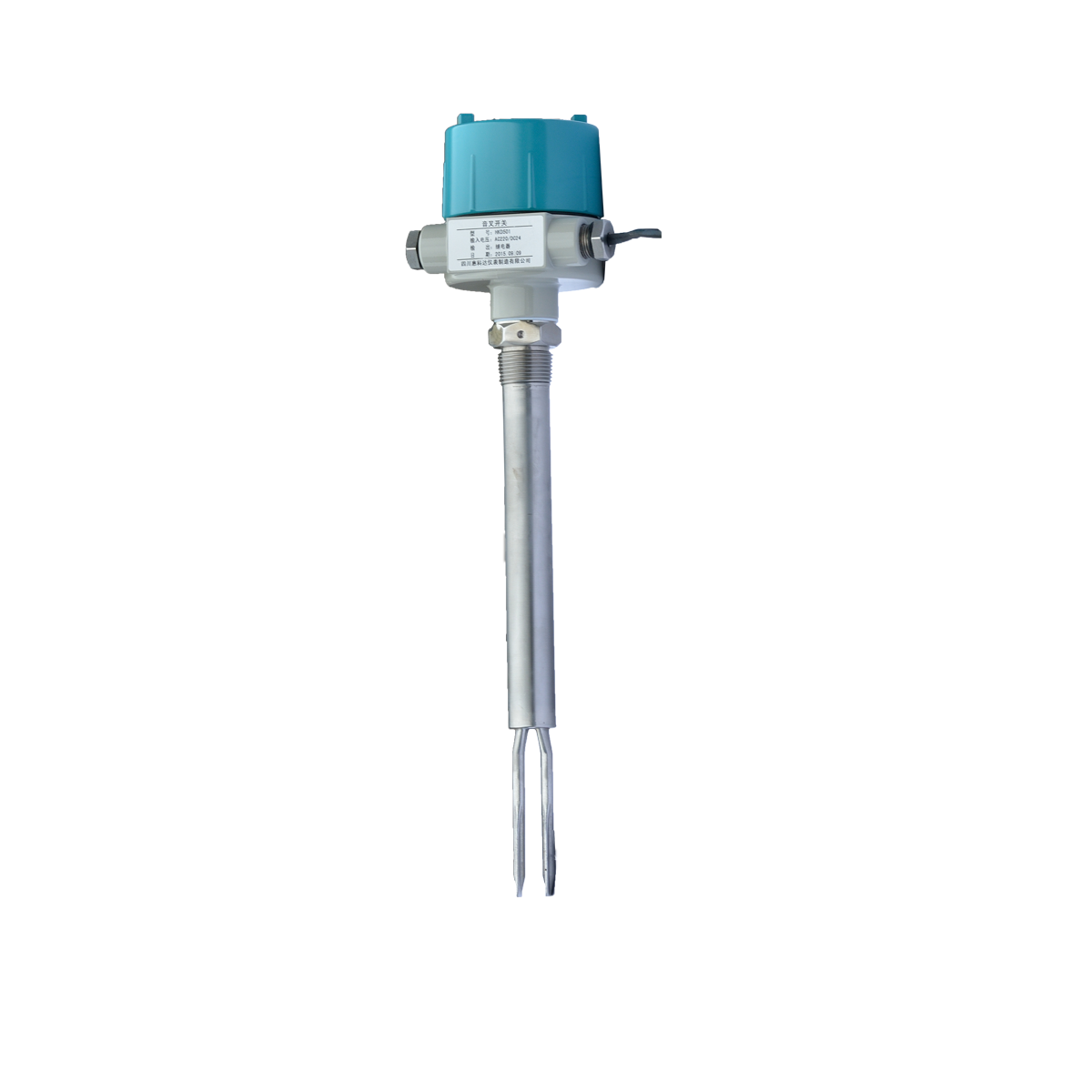When an object vibrates freely, its displacement changes with time according to the law of sine or cosine. The frequency of vibration has nothing to do with the initial conditions, but is related to the natural characteristics of the system, which is called natural frequency or natural period.However, the order frequency of vibration is related to the internal degrees of freedom of the object, and there are as many natural frequencies as there are internal degrees of freedom. The frequency that everyone usually refers to refers to the first-order natural frequency of an object.According to the law of inertia, the larger the mass, the easier it is to keep it in its original state, and the less likely it is to be disturbed. In other words, the harder it is to trigger higher-order frequencies.In addition, according to the vibration theory, viscous damped vibration and nonlinear elastic system vibration, if the excitation on both sides of a symmetrical object is asymmetric, it is easier to excite higher-order frequencies. Under the same conditions, objects that are bilaterally asymmetrical are more likely to excite higher-order frequencies than symmetrical objects.Now, we use experiments to verify the high frequency trigger conditions of the tuning fork level switch.Testing purposesVerify the conditions for triggering high-order frequencies test prototype compact tuning fork level switch prototype in the air frequency is f=1102Hz Hz test medium castor oil test tool double chamber container, single chamber container, lifting table and oscilloscope[Test Step 1] Place the prototype on a higher material level, the prototype is in the air, put the castor oil medium into a single-chamber container, and then slowly adjust the height of the test medium through the lifting platform. After being in contact with the medium, the frequency first drops slowly, down to about 950 Hz, and the frequency suddenly jumps.[Test Step 2] Place the prototype on a higher material surface, the prototype is in the air, the two sides of the double-cavity container are filled with castor oil medium, and then the height of the test medium is slowly adjusted through the lifting platform. After contact with the medium, the frequency first slowly drops to about 975Hz, and the frequency suddenly jumps.[Test Step 3] Place the prototype at the high material level, the prototype is in the air, and the double-chamber container is filled with castor oil medium when it is empty. Then slowly adjust the height of the test medium through the lifting platform. After contacting the medium, the frequency first slowly drops to about 990Hz, and the frequency suddenly jumps.
It is not difficult to see from the above experiment that when the excitation on both sides of the tuning fork liquid level switch is asymmetric, it is easier to trigger higher-order frequencies.

Post time: 21-09-21
